Here be landscapes: a road trip through Arizona
The mountains and canyons of the American southwest are an irresistible draw for photographers and walkers alike
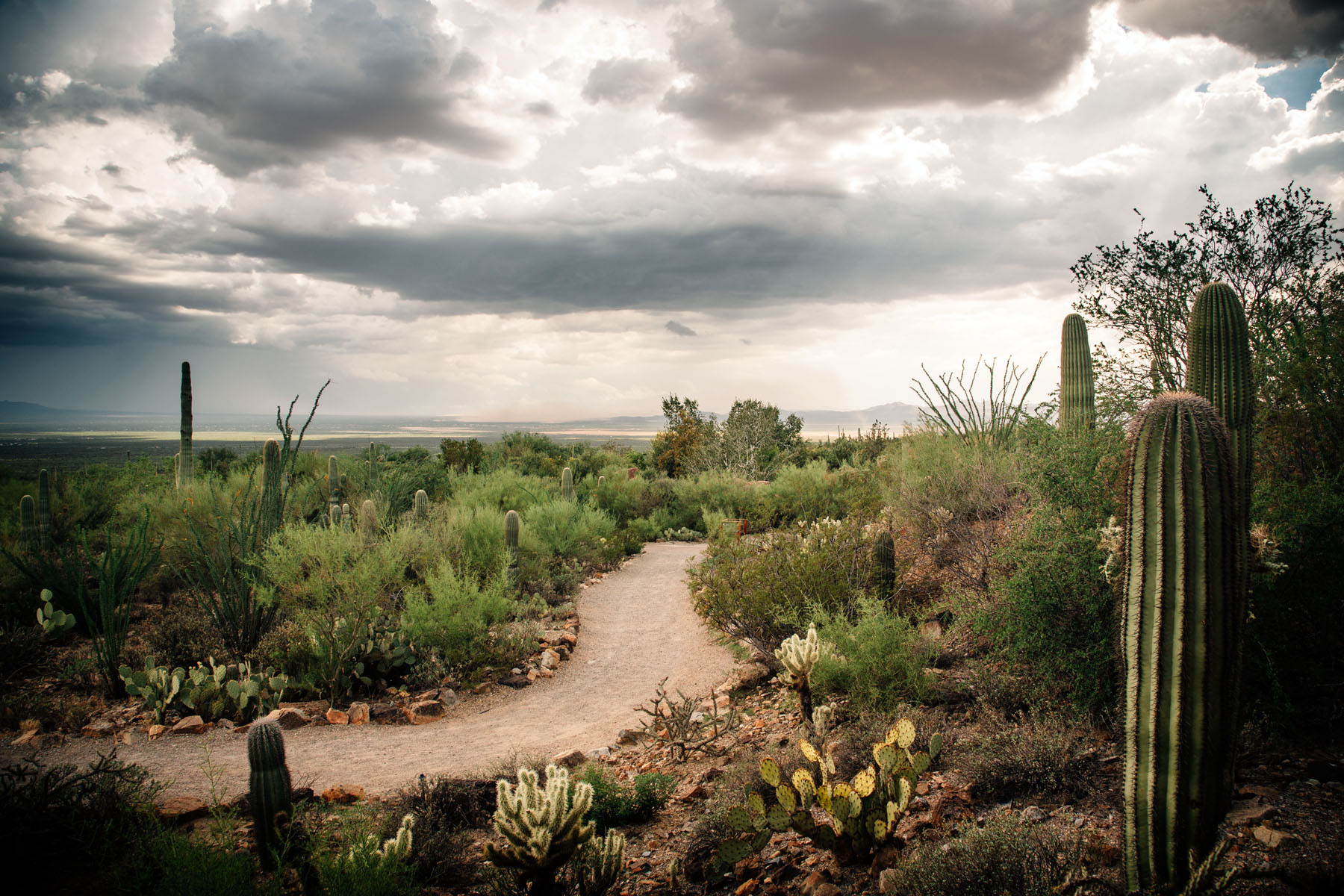
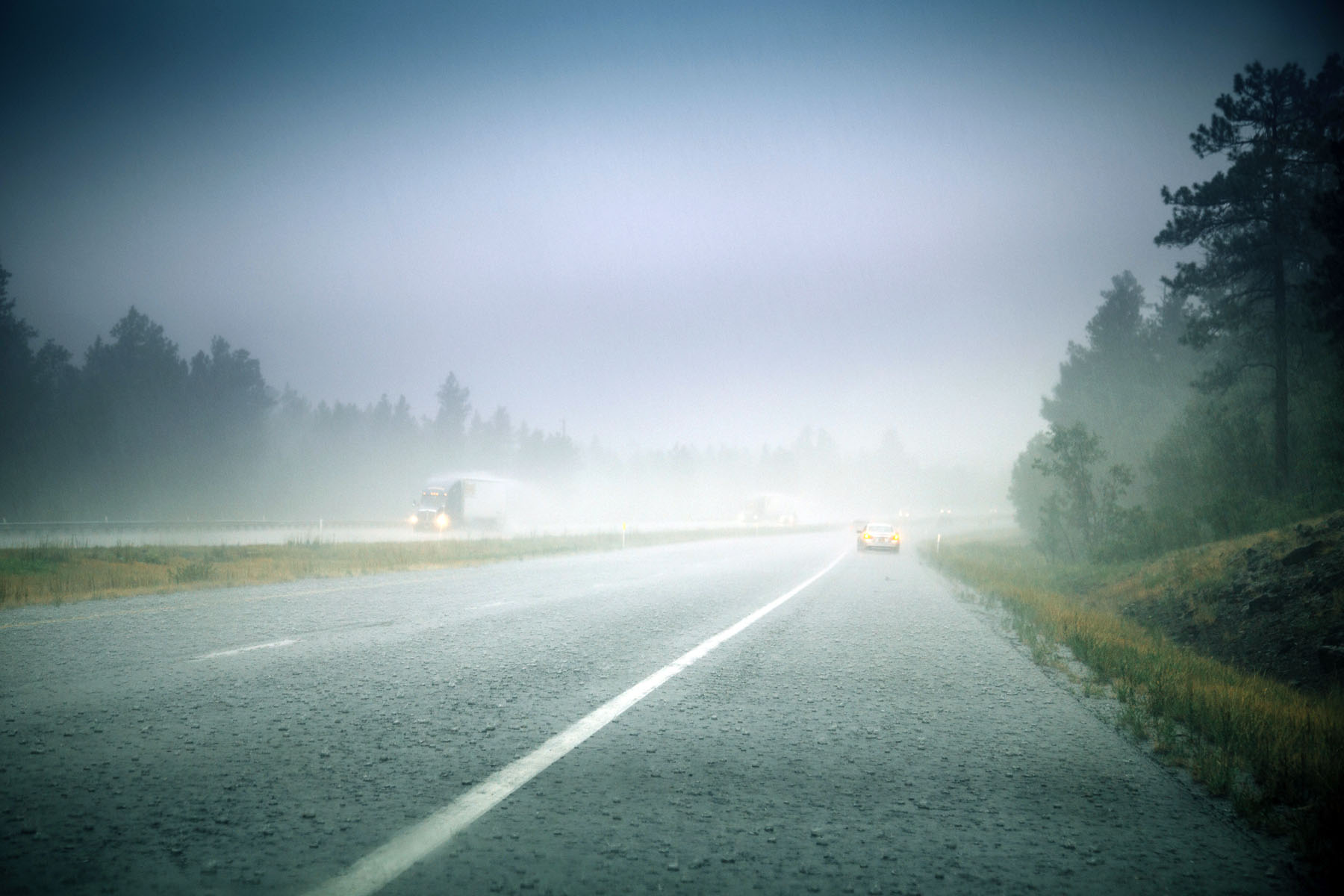
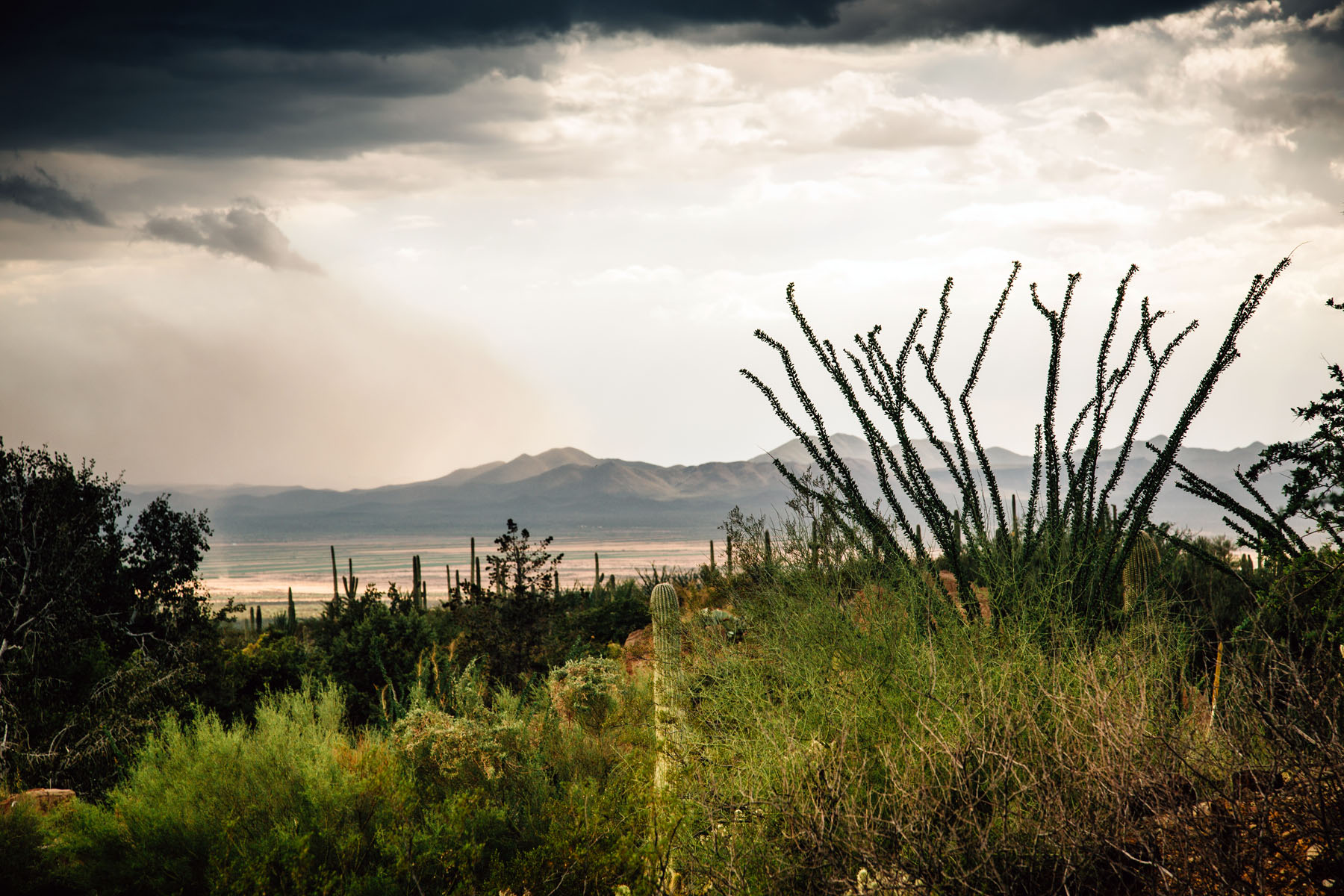
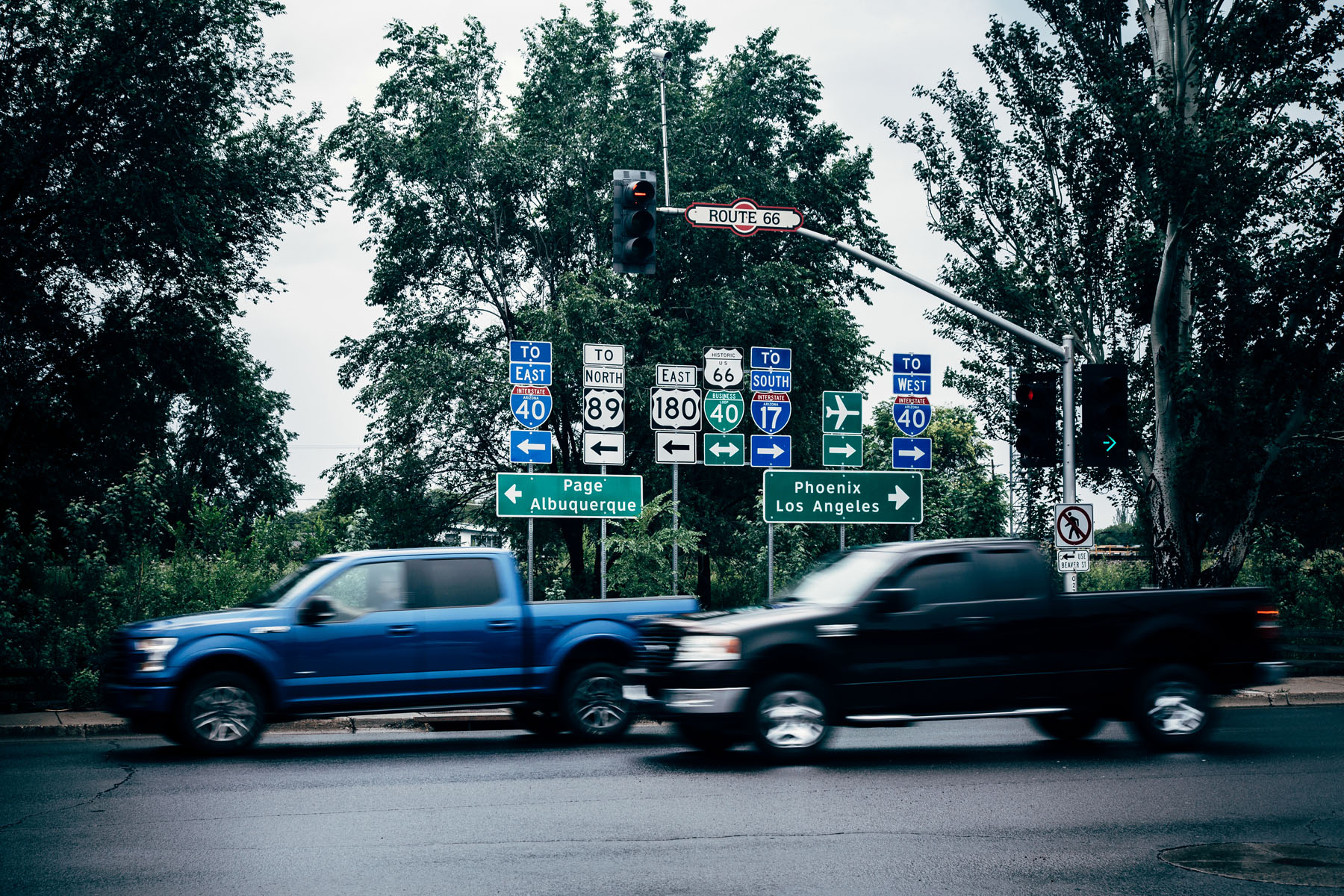
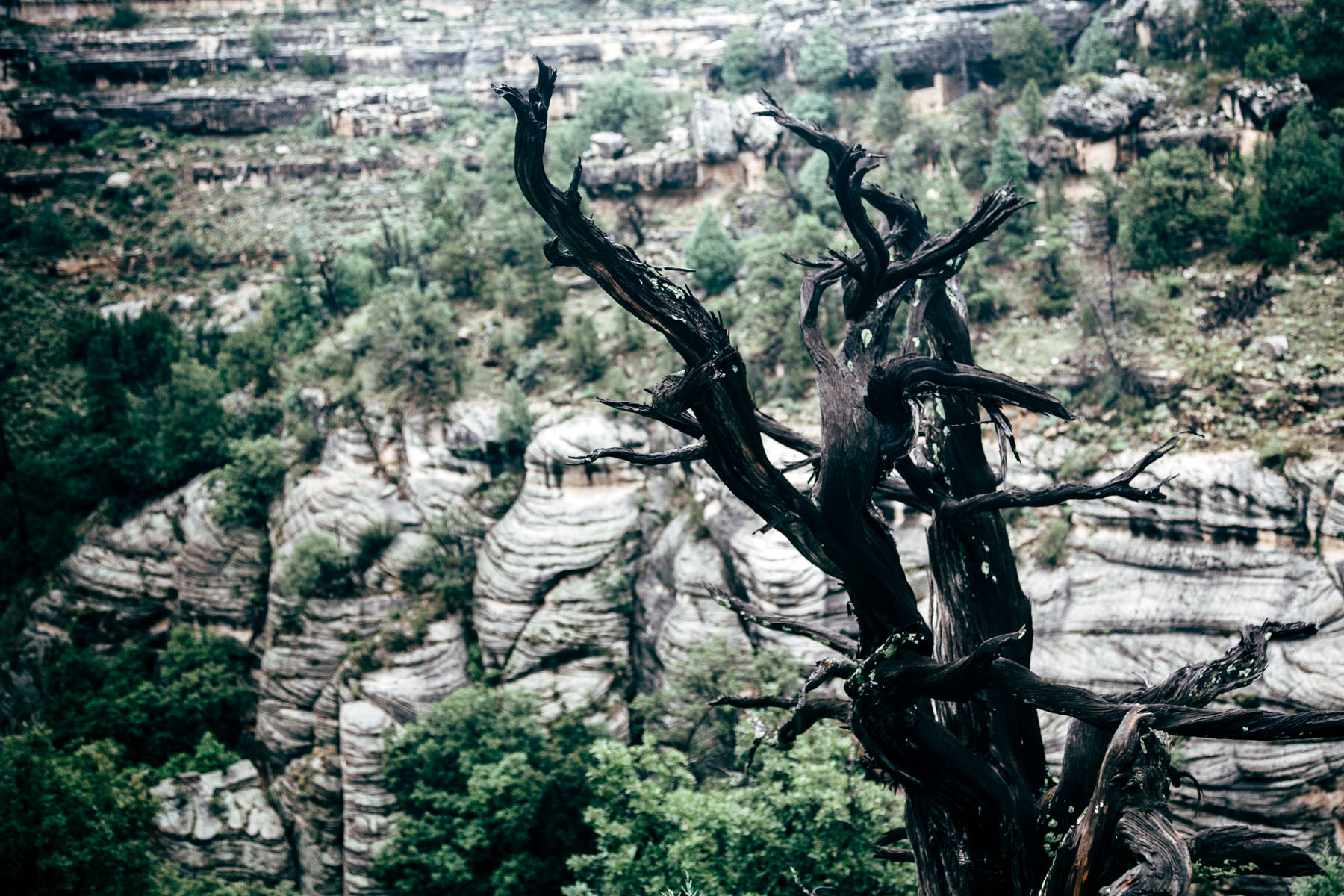
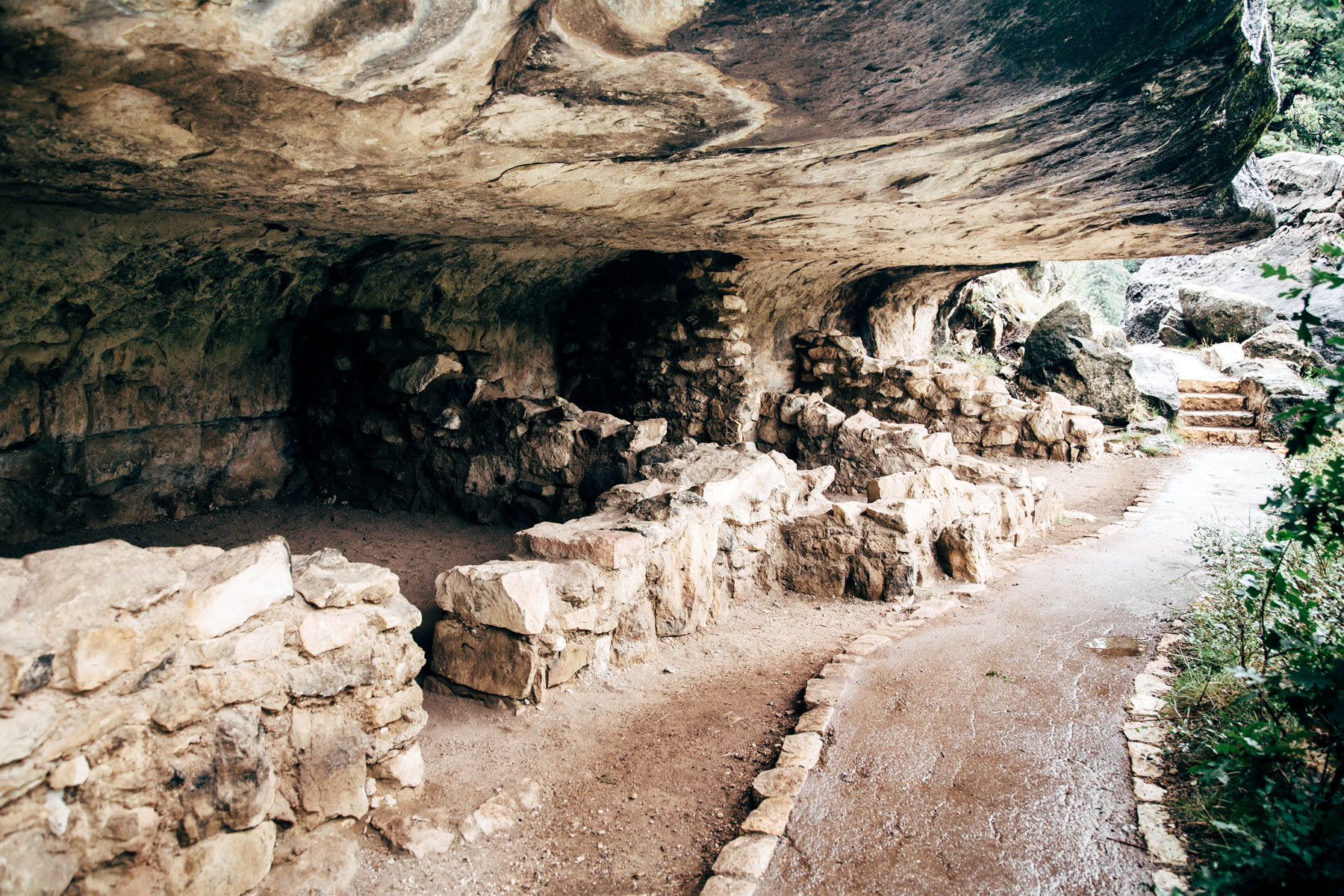
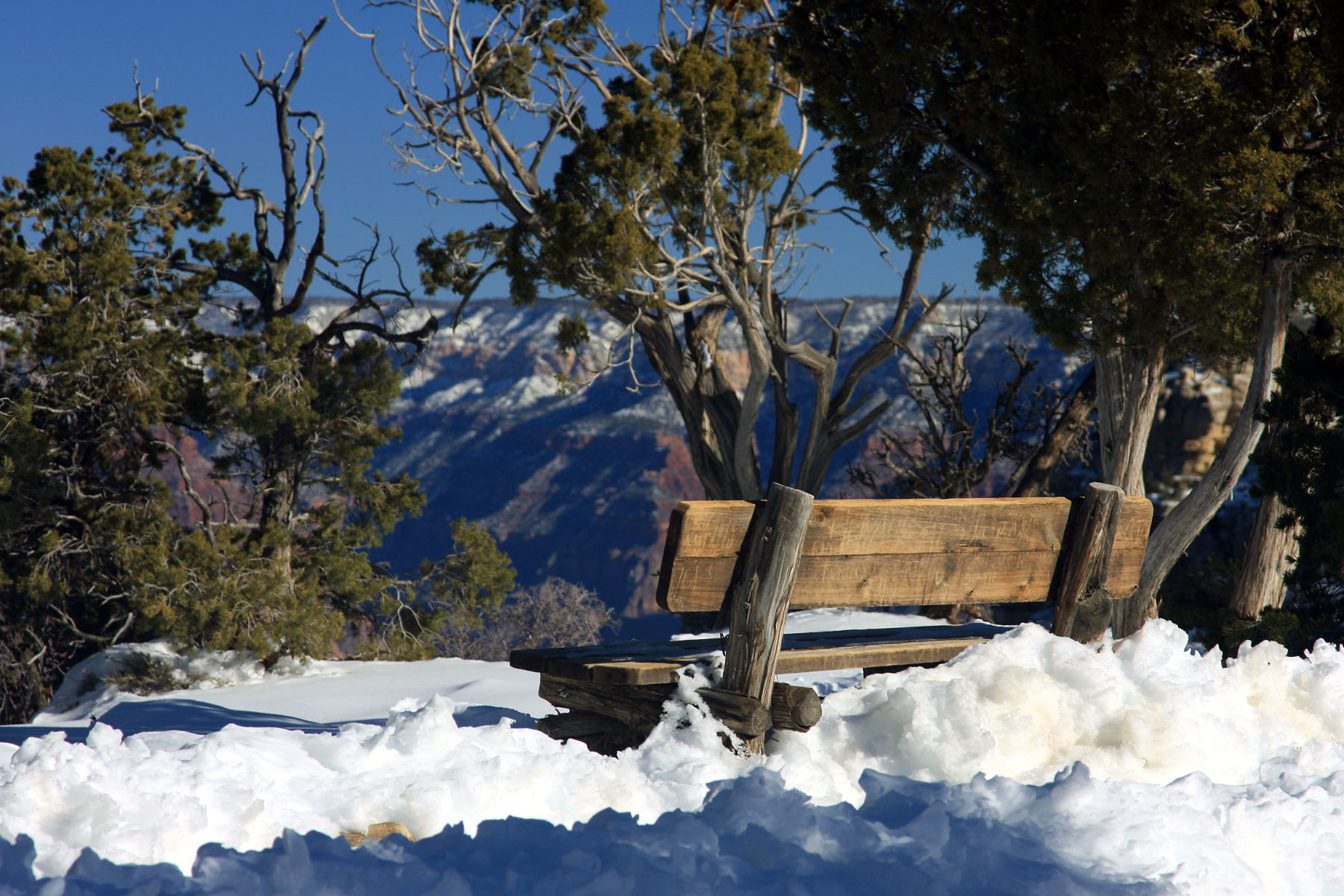
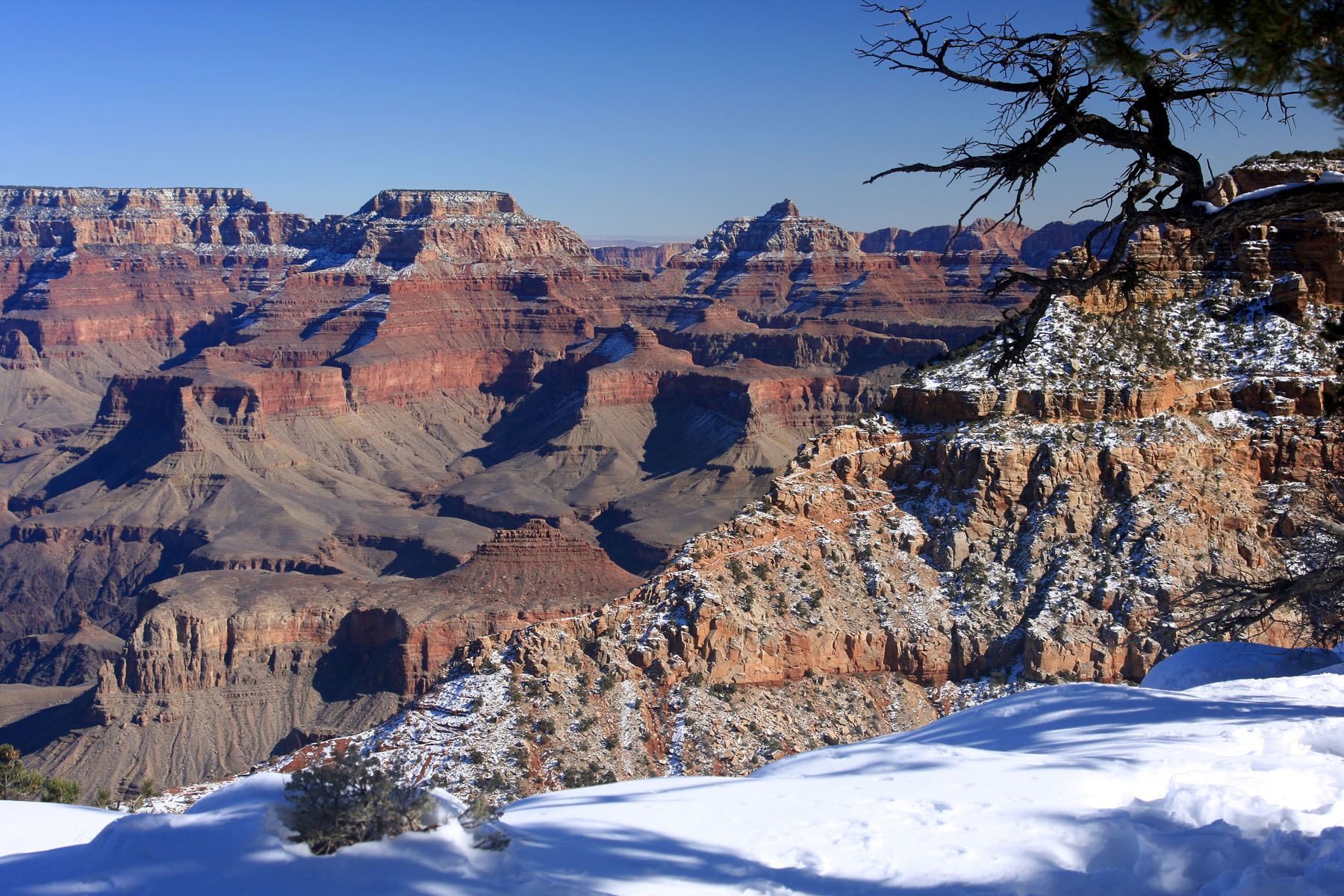
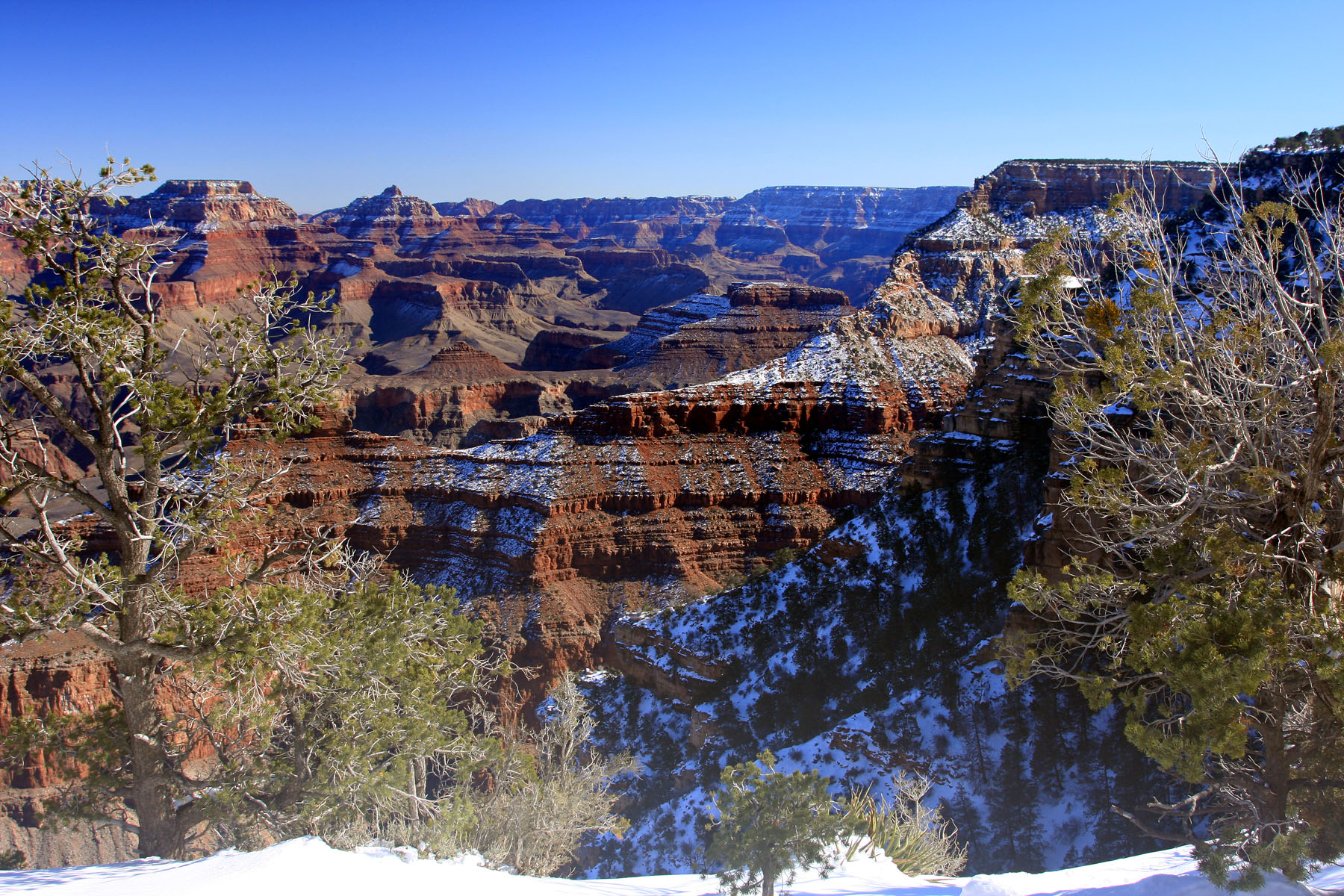
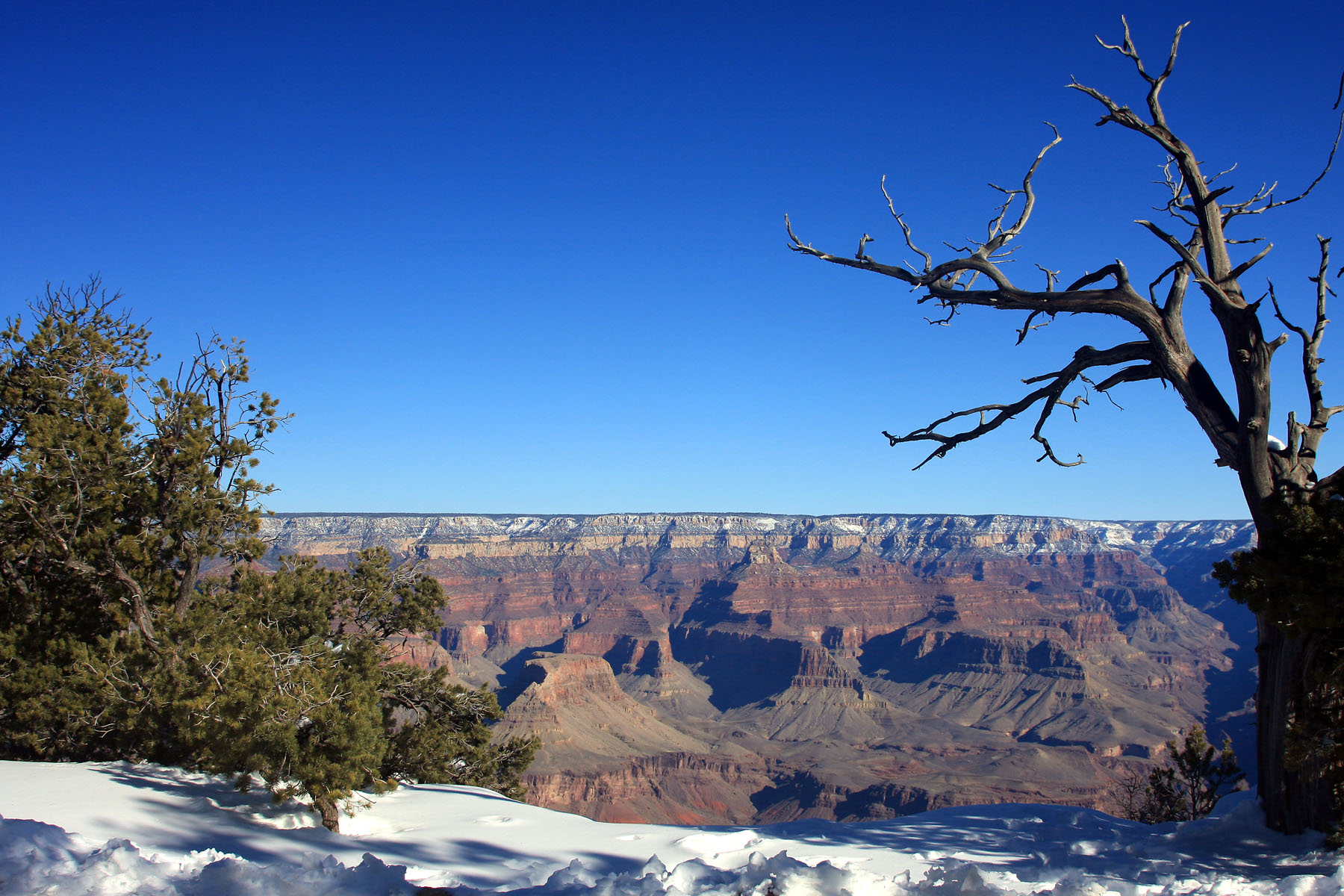
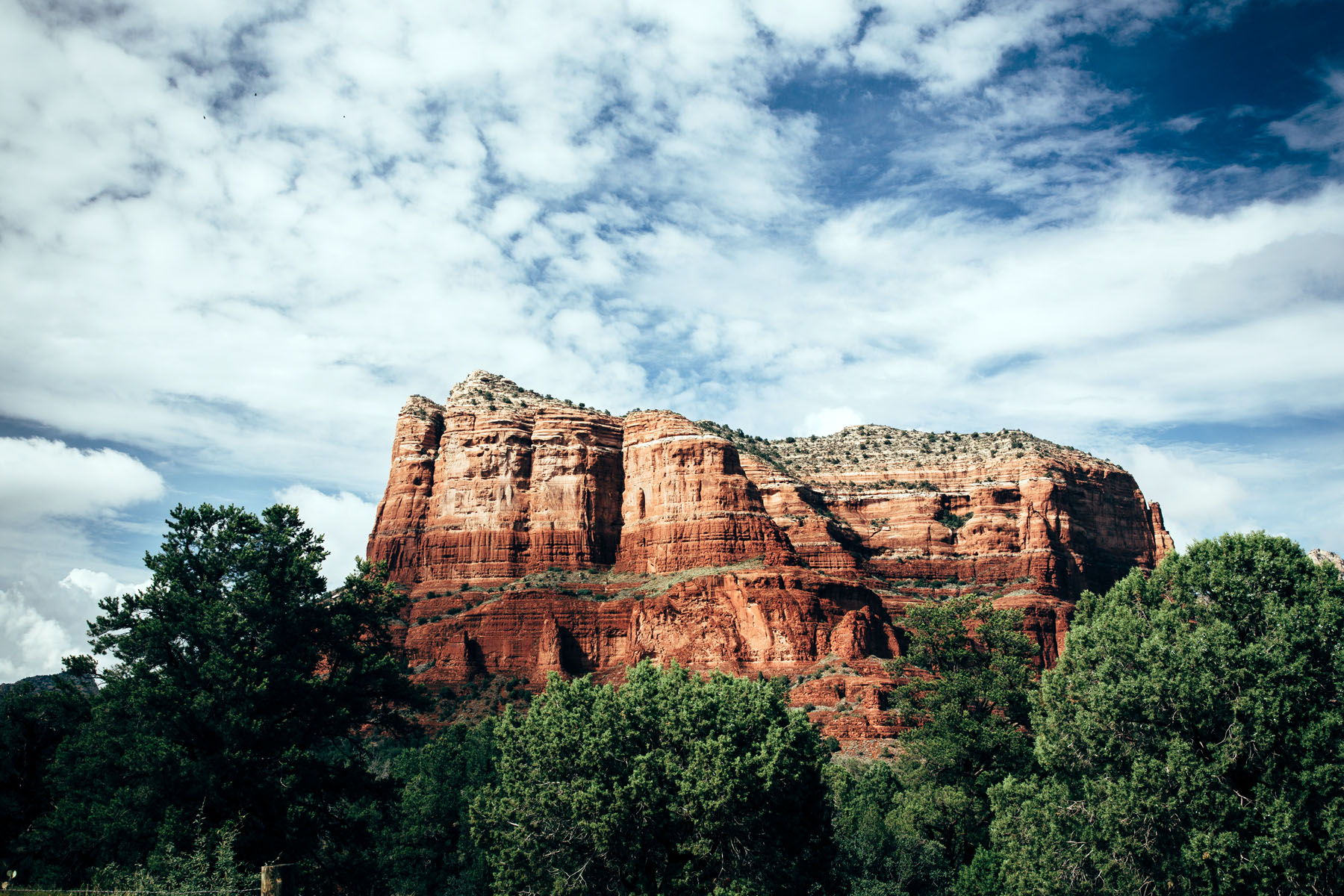

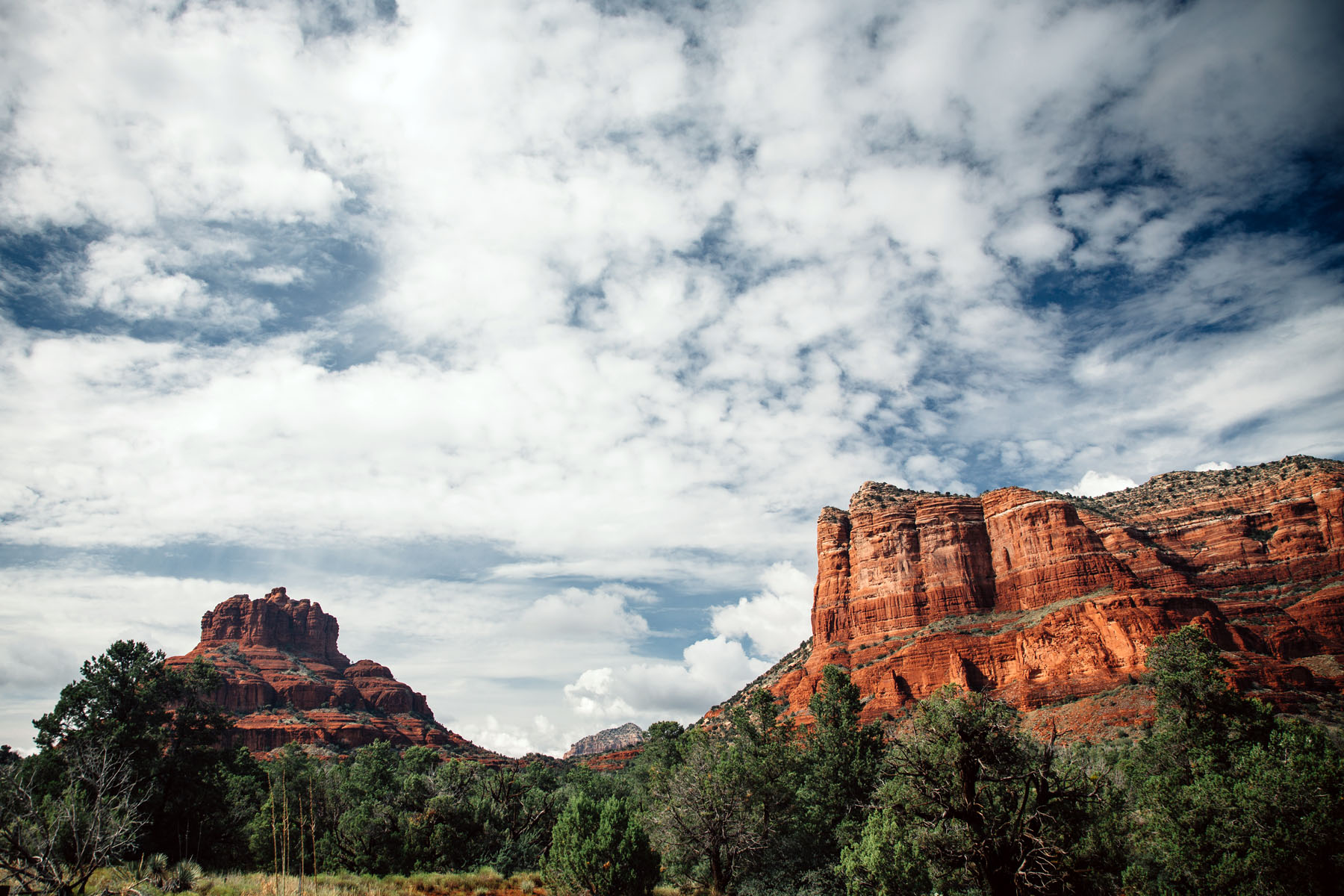
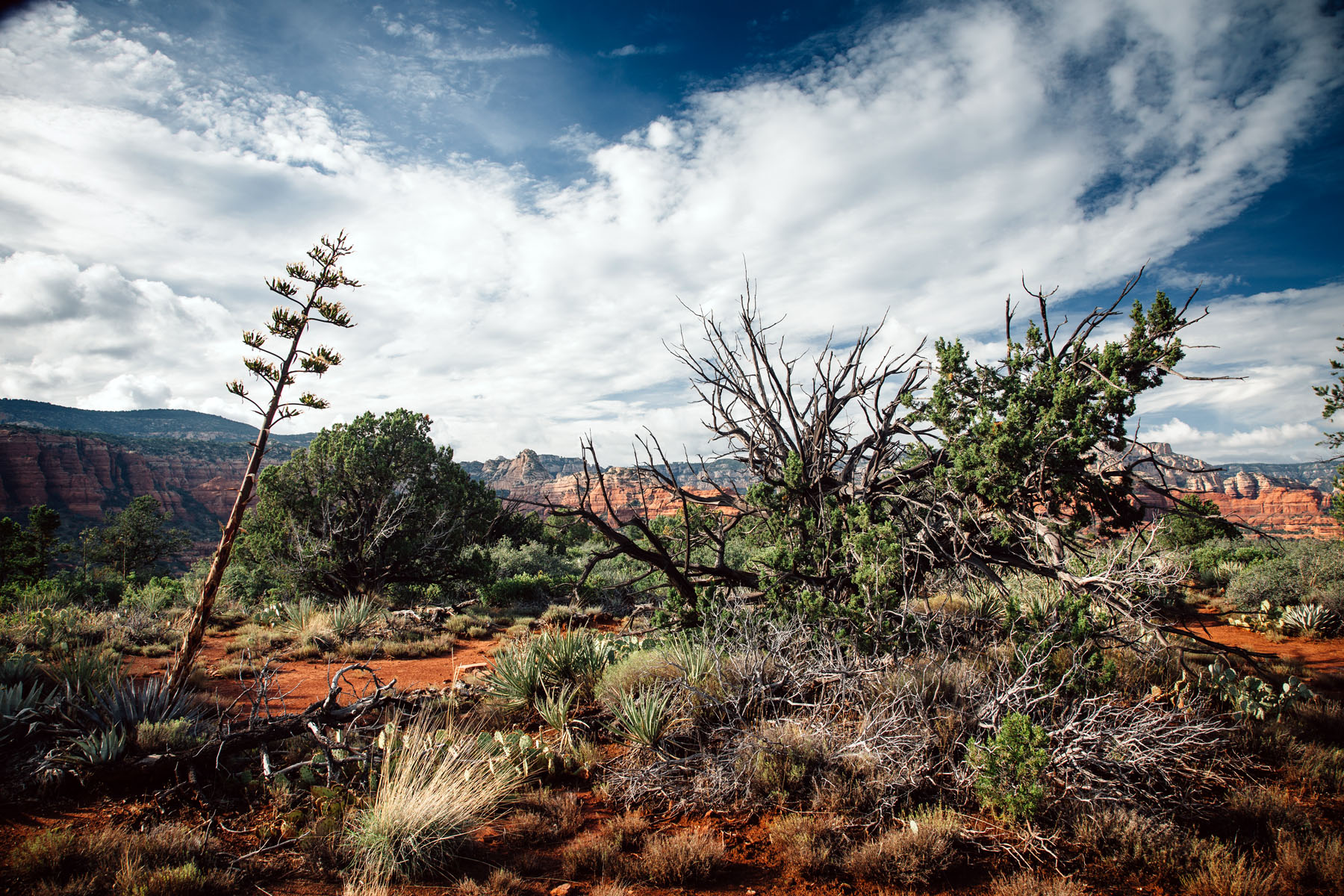
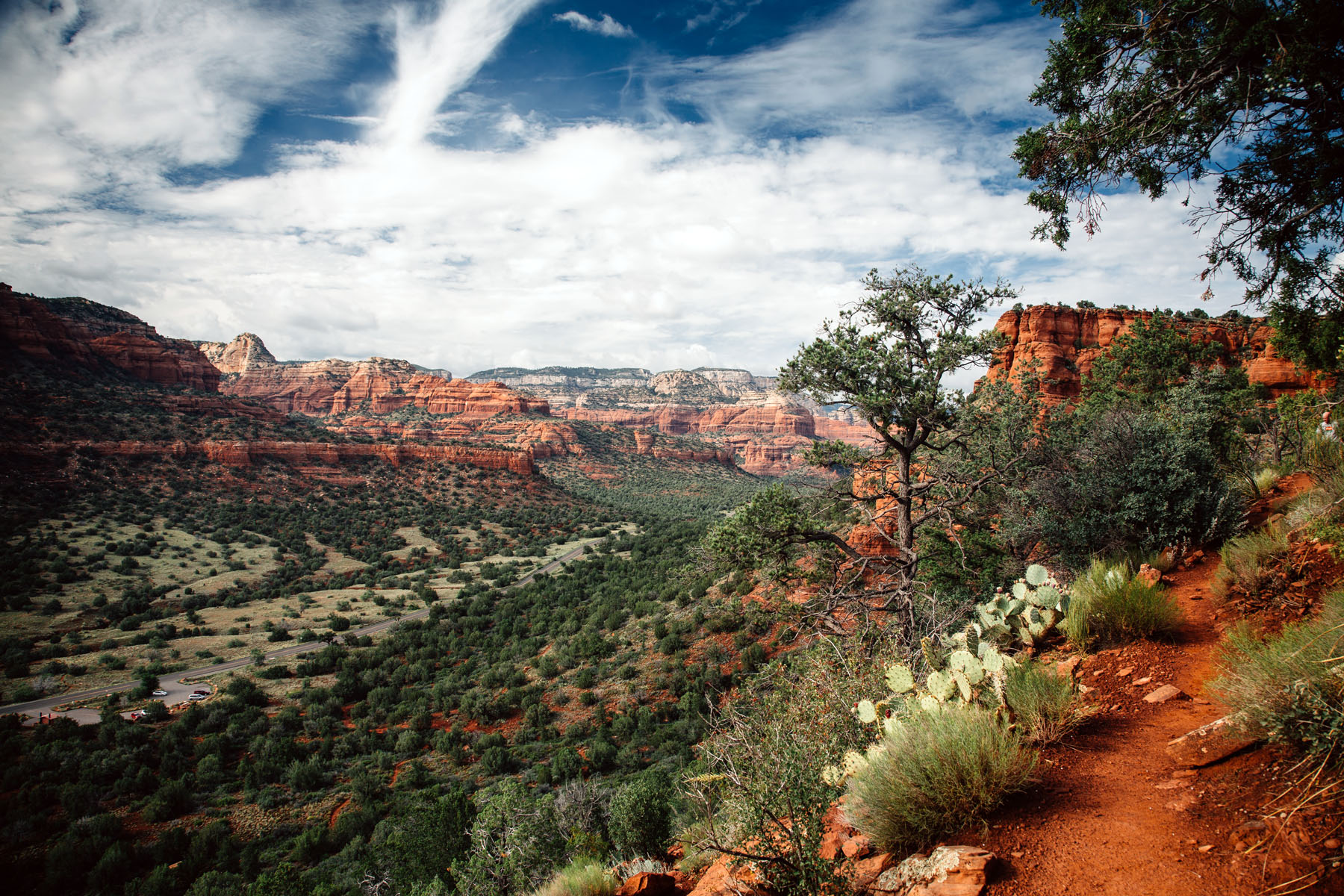



For too many British tourists, the US is an urban destination. We hop across the Atlantic for a long weekend in New York or shuttle between Los Angeles, San Francisco and Las Vegas, but the rest of the country barely gets a look-in, despite its great variety and beauty.
Perhaps that’s part of the problem: with so much to choose from, it’s hard to know where to begin. Well, how about Arizona? There’s one very obvious reason - the Grand Canyon - but also many less celebrated attractions, including the rust-red mountains around Sedona, the ancient settlements of Walnut Canyon and the stark beauty of the Sonoran desert, which extends south from Phoenix towards the Mexican border.
Few other US states - or even whole countries - could lay on a road trip like this, from peak to canyon through forest, desert and plain. It’s exhilarating for anyone who loves the great outdoors, and a vast adventure playground for amateur photographers.
The Week
Escape your echo chamber. Get the facts behind the news, plus analysis from multiple perspectives.

Sign up for The Week's Free Newsletters
From our morning news briefing to a weekly Good News Newsletter, get the best of The Week delivered directly to your inbox.
From our morning news briefing to a weekly Good News Newsletter, get the best of The Week delivered directly to your inbox.

When to go
Everything in Arizona is on a epic scale, and that includes the weather. Summer is hot (40C or more) in low-lying areas, which includes everywhere south of Sedona on the route below, and cool (15 to 20C) around Flagstaff. Thunderstorms and torrential rain are likely during the monsoon season in late July.
Winters are warm (18 to 25C) in the southern desert, and cold (sub-zero) around Flagstaff and the Grand Canyon. Heavy snow is common and some roads may be closed, but the main highways are quickly cleared.
Spring and autumn offer a pleasant compromise, but the extremity of winter and summer can make for more dramatic photographs.
A free daily email with the biggest news stories of the day – and the best features from TheWeek.com
The car
Leave the topless Mustang in California and opt for something sturdy and practical. Though not essential for the itinerary below, a four-wheel drive would be helpful on some routes in the winter.
Phoenix
Dusk and distant lightning heralded my descent over the Tonto forest, around the Superstition mountains, through the Valley of the Sun and into Pheonix Sky Harbor airport. Arizonans certainly have a knack for coming up with names.
I skipped through the city, but you might want to linger for a day or two. “Downtown, especially around Roosevelt Row – pretty much a ghost-town a decade ago – is now bristling with inviting bars, offbeat restaurants and a thriving arts scene,” says Marina O’Loughlin in The Guardian. And, says The Daily Telegraph, “the Heard Museum has a fine array of Native American art - as it should in a state where America’s indigenous heritage is more visible than in many.”
The wilderness north of Phoenix was once an Apache stronghold, but is now named after the legend of the Lost Dutchman, who was actually a German called Jacob Waltz. He supposedly misplaced his hoard of gold somewhere in these hills in the 1870s, so I kept my eyes open as I explored the hiking trails, which climb from cactus-studded scrubland into pockets of forest. I didn’t find any treasure, though, so presumably it’s still there.
Stay: The Hilton Phoenix/Mesa (£130 per night) is 20 minutes from the airport and well positioned for both Lost Dutchman State Park and the road south to Tucson.

Tucson and the Sonoran Desert
The I-10 may be faster, but State Route 79 is a better introduction to the southwestern landscape. It skirts the eastern fringe of the Sonoran Desert and tacks south towards Tucson when it runs into the foothills of the Santa Catalina mountains.
Packed with “colourful historic buildings, great bars and restaurants and quirky shops”, Tucson is a more intimate city than Phoenix, says Lonely Planet. But what I’m here to see is on a grander scale.
The Sonoran desert carpets 100,000 square miles of Arizona, California and Mexico in sand and Saguaro cactus, whose distinctive branching stems are sustained by sharp summer downpours. These slow-growing giants, which take 200 years to reach full height, have “become a symbol of the American West”, says the US National Park Service, but “only grow in the Sonoran desert”.
The complex ecology of the area is well explained at the Arizona-Sonora Desert Museum, a short drive from Tucson along a winding mountain pass. It’s also the starting point for a series of walks through the Saguaro National Park, taking in examples of typical desert plants, including the descriptively named creosote bush, which releases its scent after rain.
There seemed little chance of that when I started snapping away on the hillside, halfway through the afternoon, but then the breeze picked up and clouds began to gather. Dirt devils skipped across the plains below, kicking up dust that gave off an otherworldly glow in the evening sun, before the sky darkened and the downpours began.
The showers were heavy but isolated, like grey columns rising up from the flat land. Having tried and failed to photograph periodic flashes of lightning, I noticed an angular shrub-like cactus which looked like an inverted lightning bolt forking up towards the sky, and settled for snapping that instead. The dark skies and dust cloud provided a suitably dramatic backdrop.

When I smelt the rain on the strengthening wind I beat a retreat to the car and drove back through the hills, stopping off a few times to grab shots of cacti illuminated by shafts of sunlight. I lingered just a bit too long, and by the time I got to the Tucson suburbs the rain had caught up with me. It was too heavy for the windscreen wipers, even at full speed, and I had to pull into the side of the road and wait for the storm to ease. An hour later I pulled into the hotel car park and stepped out into a sheet of rainwater streaming across the tarmac.
Stay: The Westward Look hotel and spa, on the edge of Tucson, provides generously sized rooms set in 80 acres of desert - and a glass-fronted restaurant with excellent views of the surrounding landscape.
Flagstaff and Walnut Canyon
I took the interstate up to Flagstaff, gaining altitude all the way, and the air was cool and damp when I opened the car door. Surrounded by ponderosa pine forest, bisected by Route 66 and haunted by the whistle of passing freight trains, the town has an all-American charm.
For most visitors, Flagstaff serves as a staging post on the way to the Grand Canyon, but not for me. Not this time, at least: I had been once before, in January, and spent a happy few days photographing the snow-covered - and deserted - national park. It was a startlingly beautiful experience, and I thought a repeat visit at the busiest time of the year might dilute the memory.

Instead, I made the short drive east to Walnut Canyon, where the Sinagua people, a pre-Columbian civilisation, built their homes by walling up the entrance to natural caves in the canyon wall. “The small rooms, just big enough to cook and sleep in, were built between 1125 and 1250,” says The Guardian. It recommends a visit “in late May or early June, when the Saguaros are blooming with huge white waxy flowers. The nectar attracts all manner of wildlife, including many species of bat and bird.”
I didn’t see any bats, but the birds were out in force, circling below me as I picked my way down the steep footpath that leads to the caves. The whole place has a primeval feel to it, so much so that the brick walls of the Sinagua homes seem disconcertingly modern. The rock face, deeply scored by erosion, and even the gnarled trees clinging on to the canyon face, seem to belong to a pre-human world.

Stay: Route 66 is lined with motels, or the Arizona Mountain Inn (from £80 per night), a mile from the centre of town, has a more rustic character.
Sedona
Once again, there was a choice of routes to my next destination, and I opted for the scenic one: State Route 89a, which drops several hundred metres into Oak Creek Canyon via a long series of hairpin bends.
The temperature climbed as I drove south, then the clouds and forest cleared, revealing blue skies above and patches of rust-coloured soil below, the latter of which a sure sign that I was homing in on Red Rock State Park. I bought a $5 trail permit and navigated my way to Doe Mountain for a late afternoon hike.
In theory it’s a two-hour walk to the summit and back, but I didn’t hurry. The temperature was still in the high 30s and I was weighed down with a couple of litres of water, as well as my camera - which provided the the ideal excuse to linger at every turn. Conditions were perfect: the air had been washed clean of dust by a recent rain shower and the sun slanted in through high clouds that softened the contrast and added drama to the sky.

The golden hour was approaching as I reached the top of the trail and set out across Doe Mountain’s broad plateau. I shed my rucksack and snapped away, splitting my time between close-ups of the cacti and spiny shrubs that caught the sunlight and cast long shadows over the rusty soil, and wide shots of the surrounding mountains.
I set off back down the trail to the sound of panpipes floating across the valley, a haunting accompaniment to my descent. By the time I reached the car the sun was kissing the horizon, and as I drove back to the hotel the peaks around me turned a deep ruby red under the dusky glow of the sky.
Stay: The Hilton Sedona resort (from £175) is at the heart of Red Rock State Park. Its concierge can arrange helicopter rides, jeep tours and excursions to the Grand Canyon.
British Airways has daily non-stop flights to Phoenix from Heathrow. For more information about Arizona's attractions, see the Visit Arizona website
Holden Frith is The Week’s digital director. He also makes regular appearances on “The Week Unwrapped”, speaking about subjects as diverse as vaccine development and bionic bomb-sniffing locusts. He joined The Week in 2013, spending five years editing the magazine’s website. Before that, he was deputy digital editor at The Sunday Times. He has also been TheTimes.co.uk’s technology editor and the launch editor of Wired magazine’s UK website. Holden has worked in journalism for nearly two decades, having started his professional career while completing an English literature degree at Cambridge University. He followed that with a master’s degree in journalism from Northwestern University in Chicago. A keen photographer, he also writes travel features whenever he gets the chance.
-
 What Nick Fuentes and the Groypers want
What Nick Fuentes and the Groypers wantThe Explainer White supremacism has a new face in the US: a clean-cut 27-year-old with a vast social media following
-
 5 highly amusing cartoons about rising health insurance premiums
5 highly amusing cartoons about rising health insurance premiumsCartoon Artists take on the ACA, Christmas road hazards, and more
-
 Codeword: December 21, 2025
Codeword: December 21, 2025The daily codeword puzzle from The Week
-
 Why photo booths are enjoying a revival
Why photo booths are enjoying a revivalIn The Spotlight It’s 100 years since it first appeared, but the photo booth is far from an analogue relic
-
 Lee Miller at the Tate: a ‘sexy yet devastating’ show
Lee Miller at the Tate: a ‘sexy yet devastating’ showThe Week Recommends The ‘revelatory’ exhibition tells the photographer’s story ‘through her own impeccable eye’
-
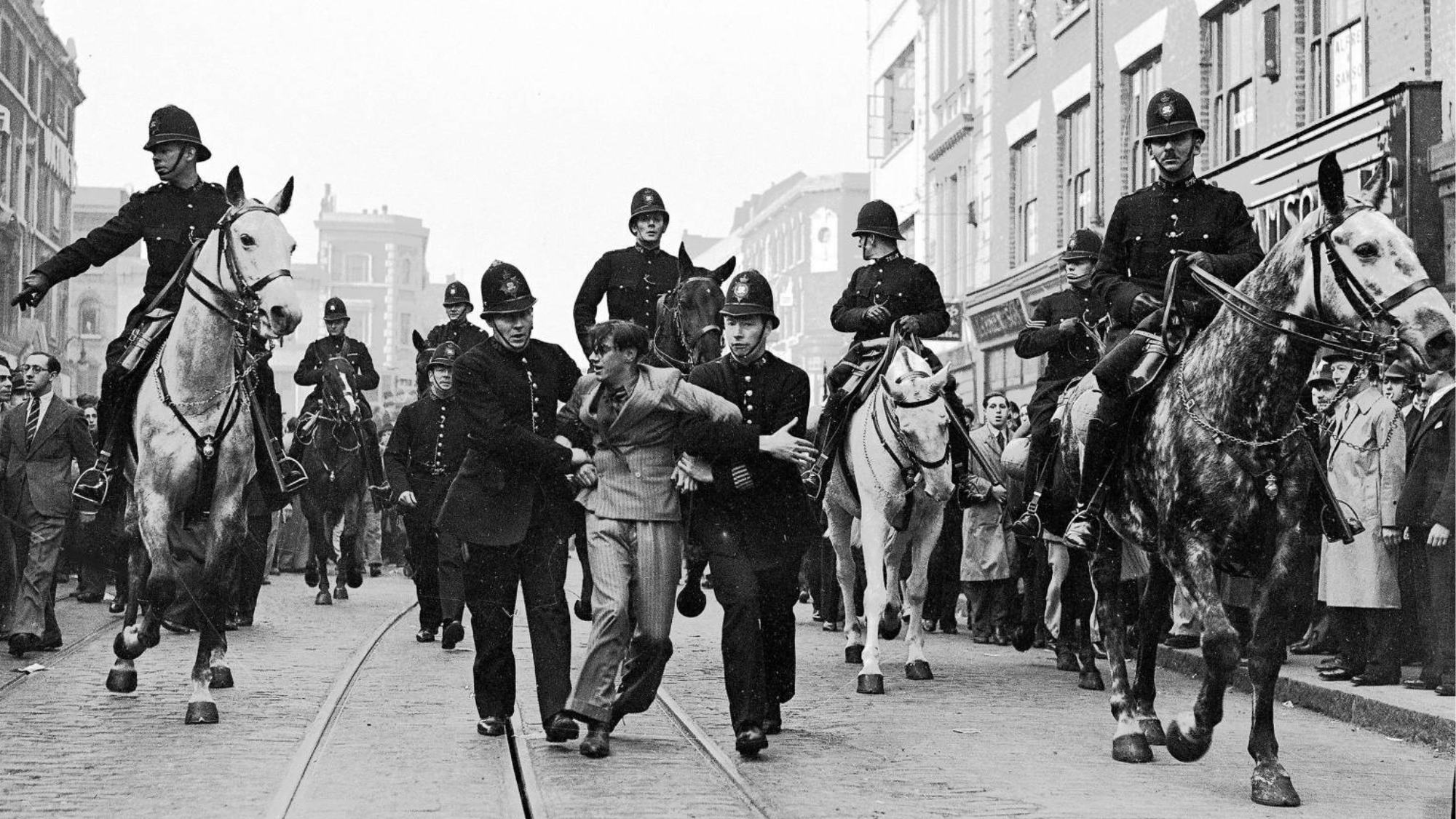 Resistance: 'compelling' show captures a century of protest
Resistance: 'compelling' show captures a century of protestThe Week Recommends Turner prizewinner Steve McQueen curates 'fascinating' photography exhibition in Margate
-
 Francesca Woodman and Julia Margaret Cameron: experimental portrait photography
Francesca Woodman and Julia Margaret Cameron: experimental portrait photographythe week recommends Their careers are separated by time but joined by their shared interest in spectral, dream-like atmospheres
-
 Chris Killip: Retrospective at The Photographers’ Gallery review
Chris Killip: Retrospective at The Photographers’ Gallery reviewThe Week Recommends Superb and timely exhibition features ‘beautiful and painfully moving’ images
-
 Vivian Maier: Anthology – this MK Gallery show is ‘pure pleasure’
Vivian Maier: Anthology – this MK Gallery show is ‘pure pleasure’The Week Recommends Exhibition marks first time that Maier’s photography has been shown in the UK
-
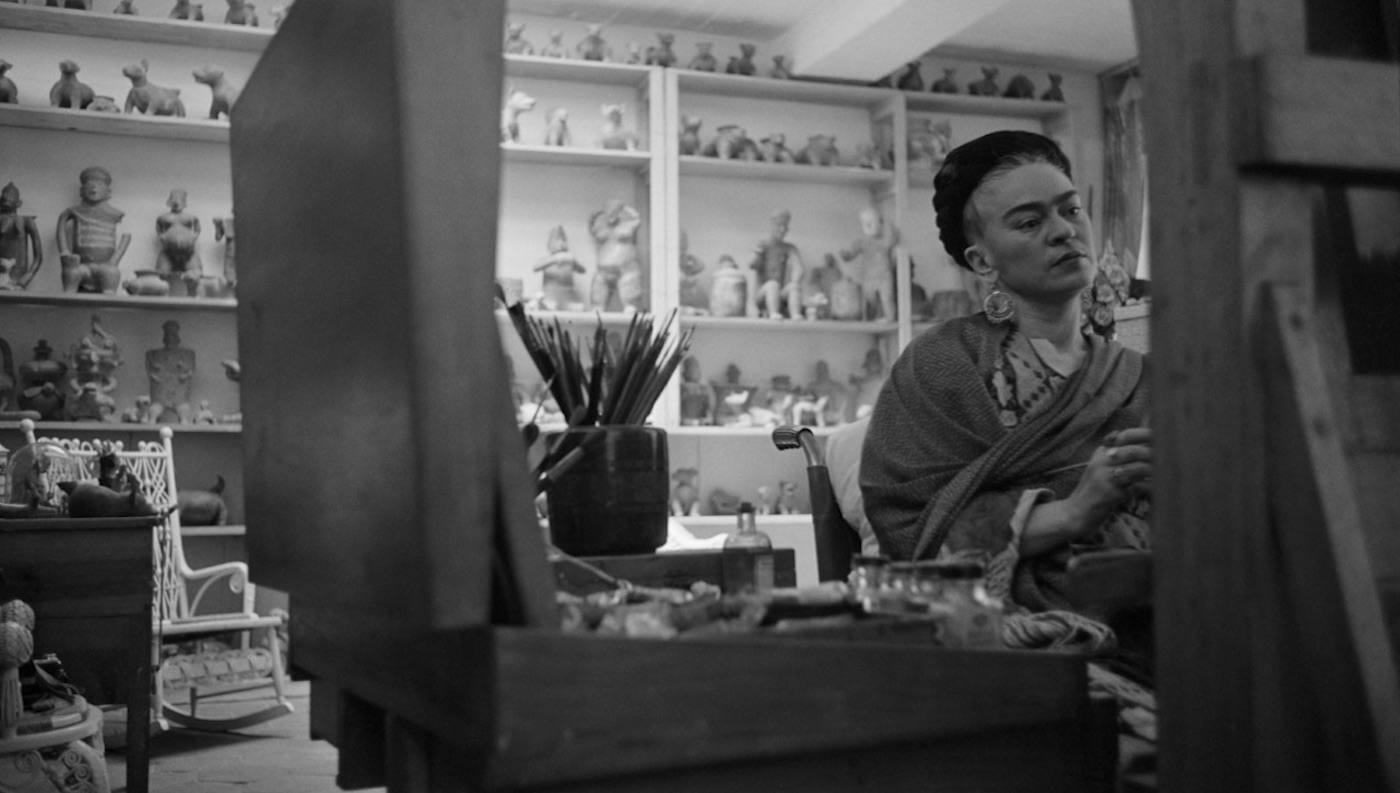 Magnum Photos: Where Ideas Are Born – 20th century art icons in their studios
Magnum Photos: Where Ideas Are Born – 20th century art icons in their studiosUnder the Radar An intimate look at modern and contemporary masters shot by legendary Magnum photographers
-
 World Press Photo 2020: the most striking images
World Press Photo 2020: the most striking imagesThe Week Recommends Foundation releases array of moving international pictures from last year